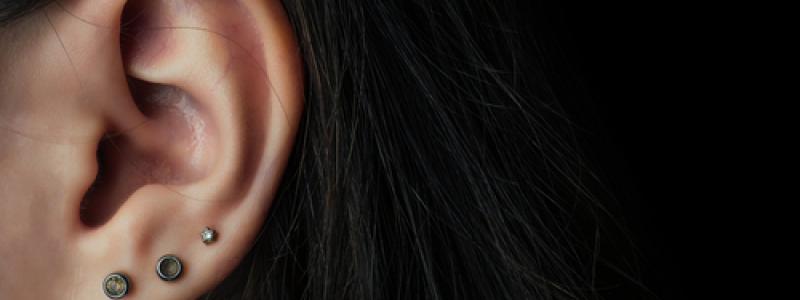Hearing aids: Getting a boost from smart technology

Smartphones are simply ubiquitous these days, and one can argue that our handsets will soon replace the wallet as our most personal (or most indispensable to our daily routine) of all our possessions. We can certainly thank today’s tech companies for continuously trying to push the envelope when it comes to mobile device technology, especially in giving consumers everywhere a better and more well rounded tool for connecting with others. And the great thing about today’s mobile tech is that it is also helping specific types of users, like the hearing impaired, be more connected.
In Ericsson’s report about the top ten hottest consumer trends recently, it mentioned the burgeoning popularity of augmented hearing, which has given rise to various hearables (wearable devices designed for the ears) starting to hit the market. Because of this, people who are hearing impaired now have a wider range of new devices they can take full advantage of.
Based on information provided by the Hearing Loss Association of America, an estimated 48 million people living in the United States are dealing with some degree of hearing loss. To put that 48 million into proper perspective, that number is equal to around 20 percent of the country’s whole population. It is quite common to think that hearing impairment is mostly associated with old folks, but unfortunately, about 15 percent of kids are affected, too.
So it is really good to hear that the US government is doing something about it. Some time last year, the Over the Counter Hearing Aid Act was passed, and this new law basically lets adults with mild to moderate hearing loss purchase more affordable devices without needing to see a hearing professional. The law also has the US Food and Drug Administration create a new category for hearing aids, which should urge device manufacturers (especially of headphones and handsets) to begin releasing products that can help users who are hearing impaired.
The great thing about today’s connected technology is that they have helped paved the way for hearing aids that can connect to a smartphone. A good example is the Oticon Opn, a Bluetooth enabled hearing aid, which can be paired with an iPhone. Speaking of which, Apple is one of the more high profile mobile brands that have initiated special projects for those suffering from hearing loss. About half a decade ago, the tech giant started the Made for iPhone program, the objective of which was to help manufacture mobile devices and mobile accessories geared for the hearing impaired. Oticon is not the only device maker partnering with Apple’s Made for iPhone program -- Starkey, another hearing aid brand, is also joining forces with Apple to help its iOS mobile user customers.
To browse hearing aid compatible phones, you can visit this page. You can also check out the Federal Communications Commission's iCanConnect initiative.
Related Blog Articles
- Amazon adds remote access feature to FreeTime parental controls
- Q1 2018 a record-breaking quarter in terms of app downloads and revenues
- Oregon passes legislation to restore 2015 net neutrality rules
- Spotify and Hulu launch $13/month bundle
- Apple Music now has 40 million subscribers
- Comcast to offer cable service bundled with Netflix
- Owners of Pixel phones and select Nexus devices can now connect to Android Auto using Wi-Fi
- iHeartRadio’s Playlist Radio gives all users access to playlists
- Study: Thousands of apps on Android are illegally tracking kids
- Report: Distracted driving laws have a positive impact in states that have them
Related Blog Posts
- Report: Drug users are using wearable devices during binges
- Spotify allows Android users to reorder playlists; Pandora lets users share tunes to Snapchat Stories
- WhatsApp combats fake news with a new forwarded label
- FCC: Today’s improving mobile networks can impact healthcare costs
- Did Apple Music already overtake Spotify in America?


 Menu
Menu